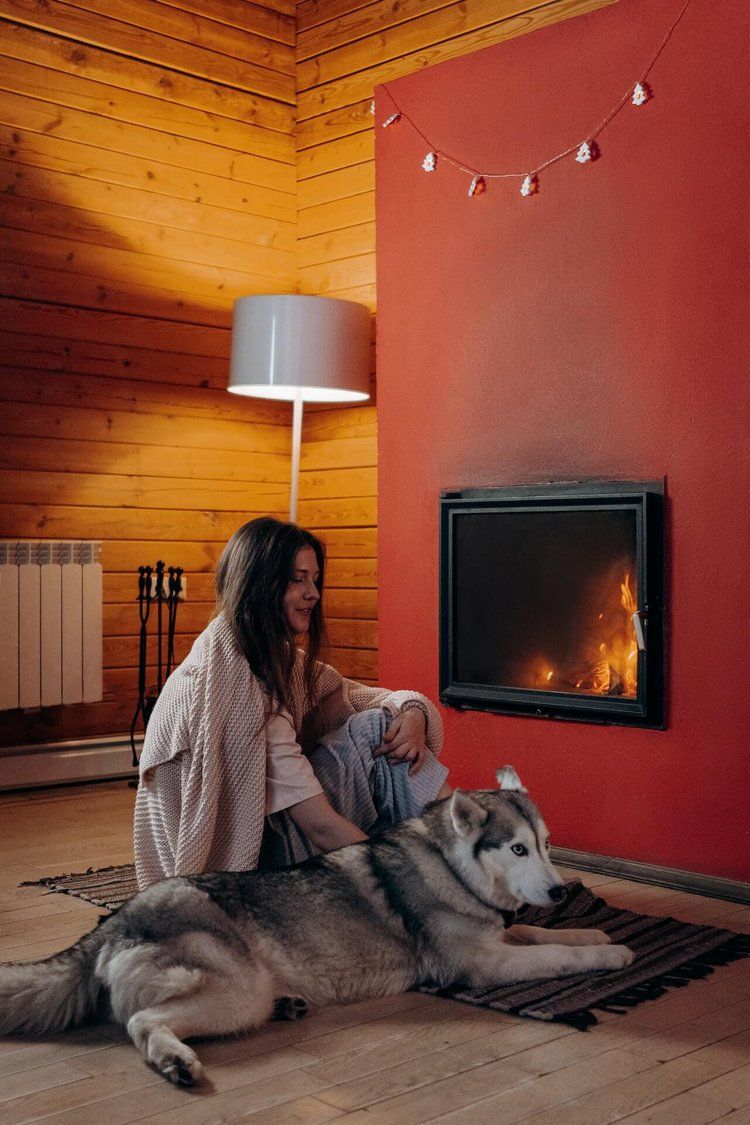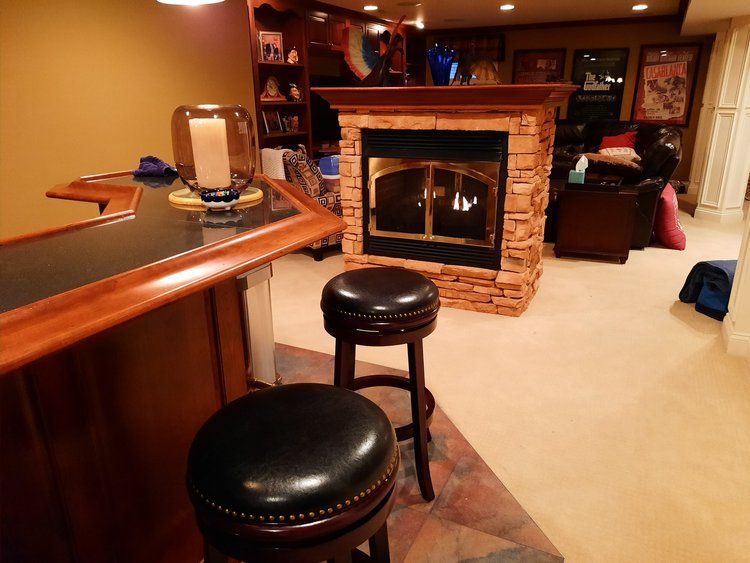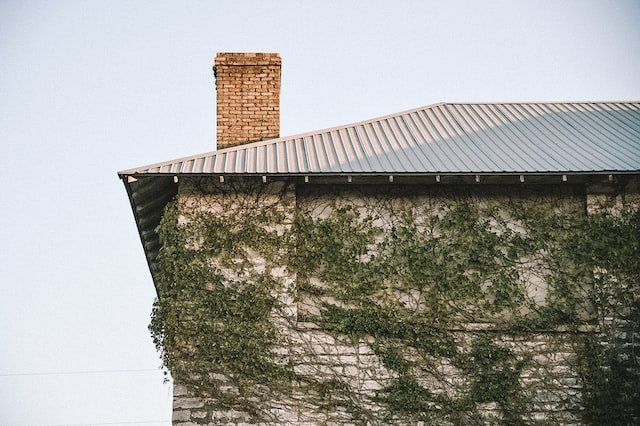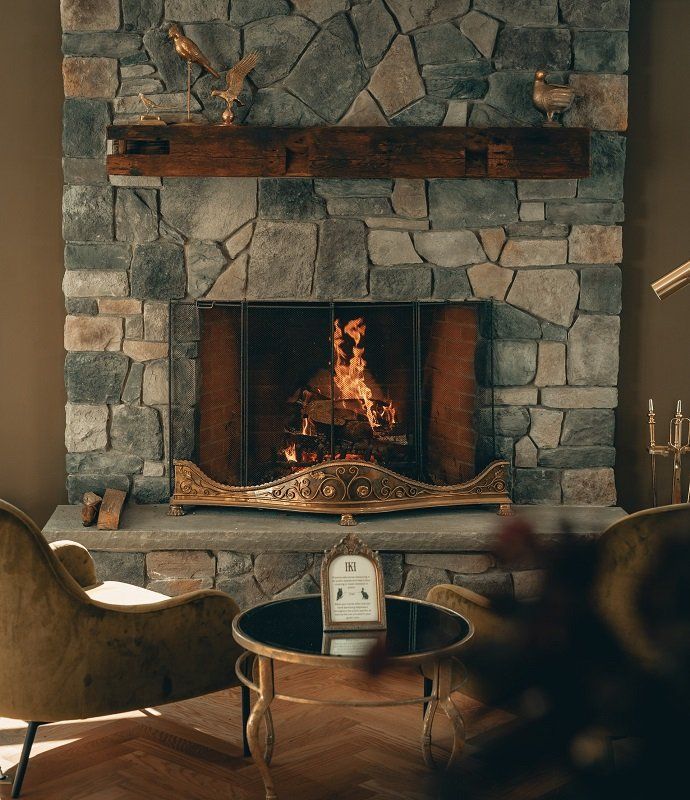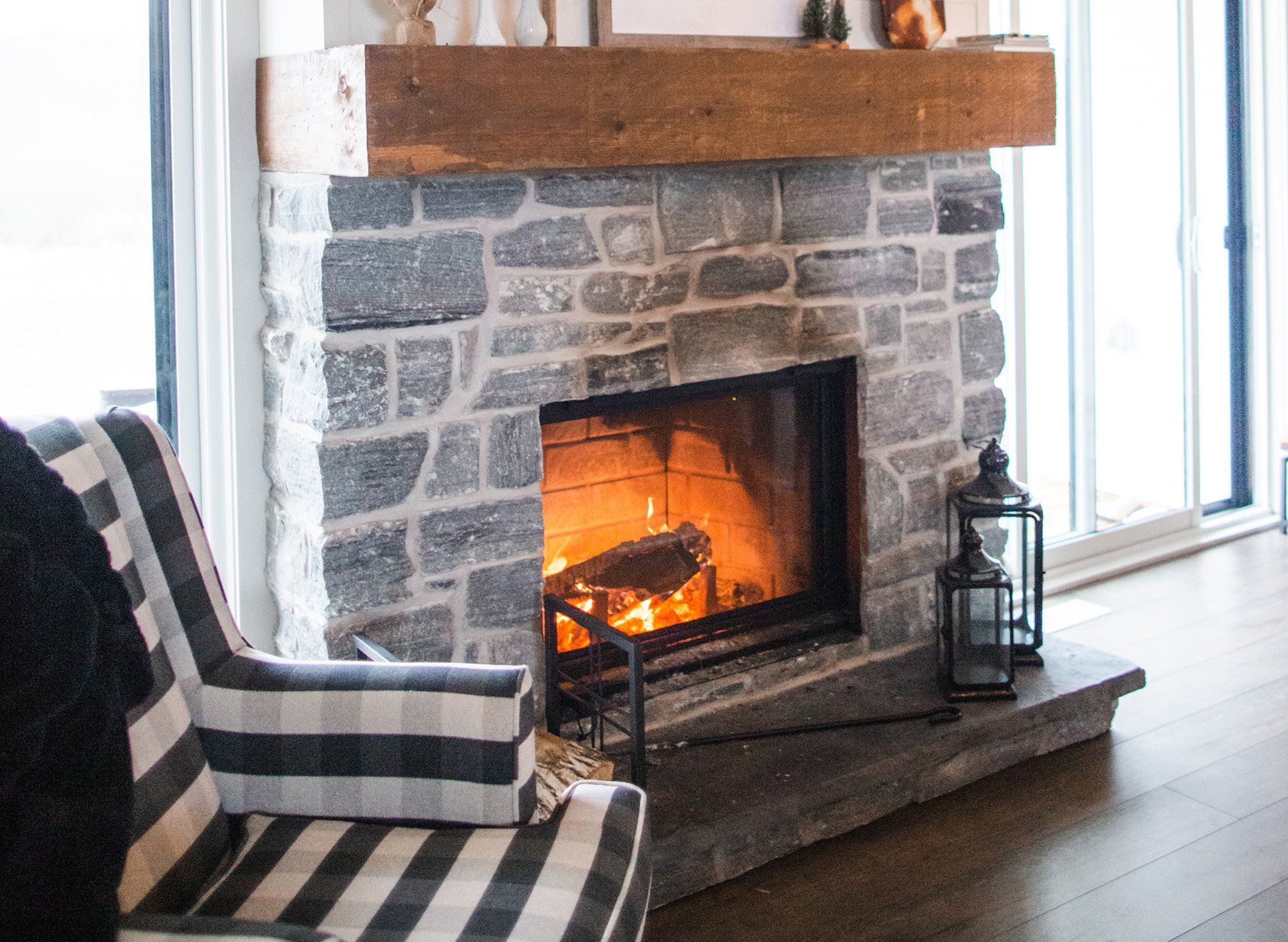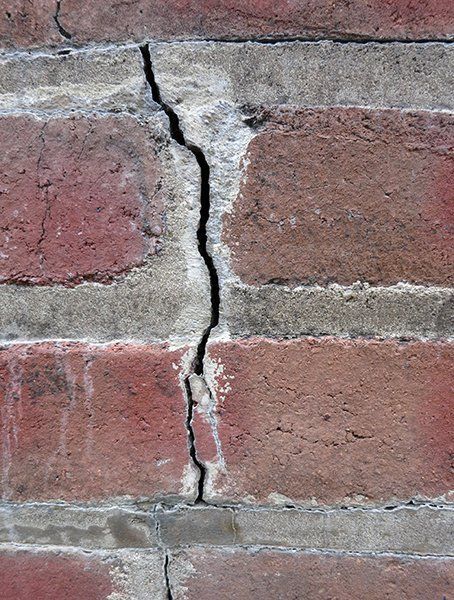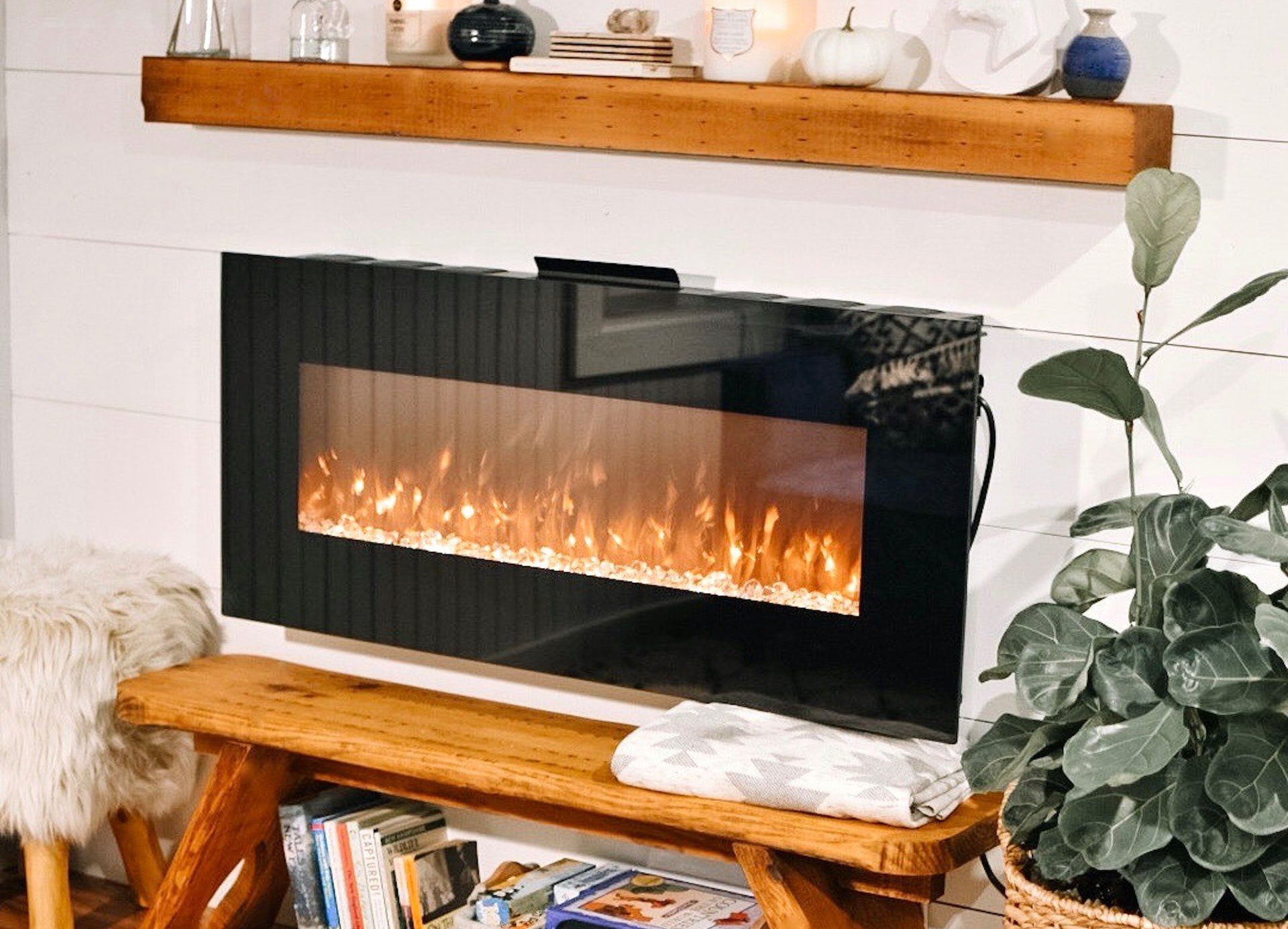What is the Best Wood to Burn in My Fireplace?
Choosing the Best Firewood for Your Wood-Burning Fireplace
As the weather gets chillier, it comes time to think more about your heating source for the winter. If you’re ready to enjoy your fireplace more than ever this season and make the most of cozy fireside moments with your family and friends, selecting the best wood to burn in your fireplace is a necessary, but often overlooked step.
From wood type to proper seasoning, there are a few firewood factors that can impact the lifespan of your fireplace, help you avoid creosote buildup, and keep your fireside fun safe for your home and family. Read on to discover some important factors to consider when choosing the best wood to burn in your fireplace.
Types of Wood
Softwoods and hardwoods are two different types of trees that produce two very different types of fires. Each type of wood (if properly seasoned) has its own benefits and can be the best choice of wood to burn in your fireplace depending on your unique needs.
Hardwood
Hardwoods are dense, high heat-producing woods containing a high BTU (British Thermal Units) content. This wood weighs far more than softwood, produces more than twice the heat, and burns much slower. All of these qualities make well-seasoned hardwood a great option for more intense, hot fires that produce a low amount of smoke and contaminants.
Popular hardwoods producing some of the best fire logs include oak, maple, ash, hard maple, hickory, apple, dogwood, and birch.
Softwood
Softwoods ignite and burn quite quickly compared to denser hardwood, making them great starter woods for your fire. Properly seasoned softwood can be the best wood to burn in some fireplaces as it burns cleanly and cools quickly, leaving behind some embers. Some research has shown that softwood creates less creosote build up in your chimney than hardwoods.
Some of the best softwood fire logs like Douglas fir, white spruce, cedar, and yellow pine can be great options for those living in climates where temperatures fluctuate quickly. Less intense softwood fires will allow your room to cool off quicker after your fire is finished.
Choosing Properly Seasoned Wood
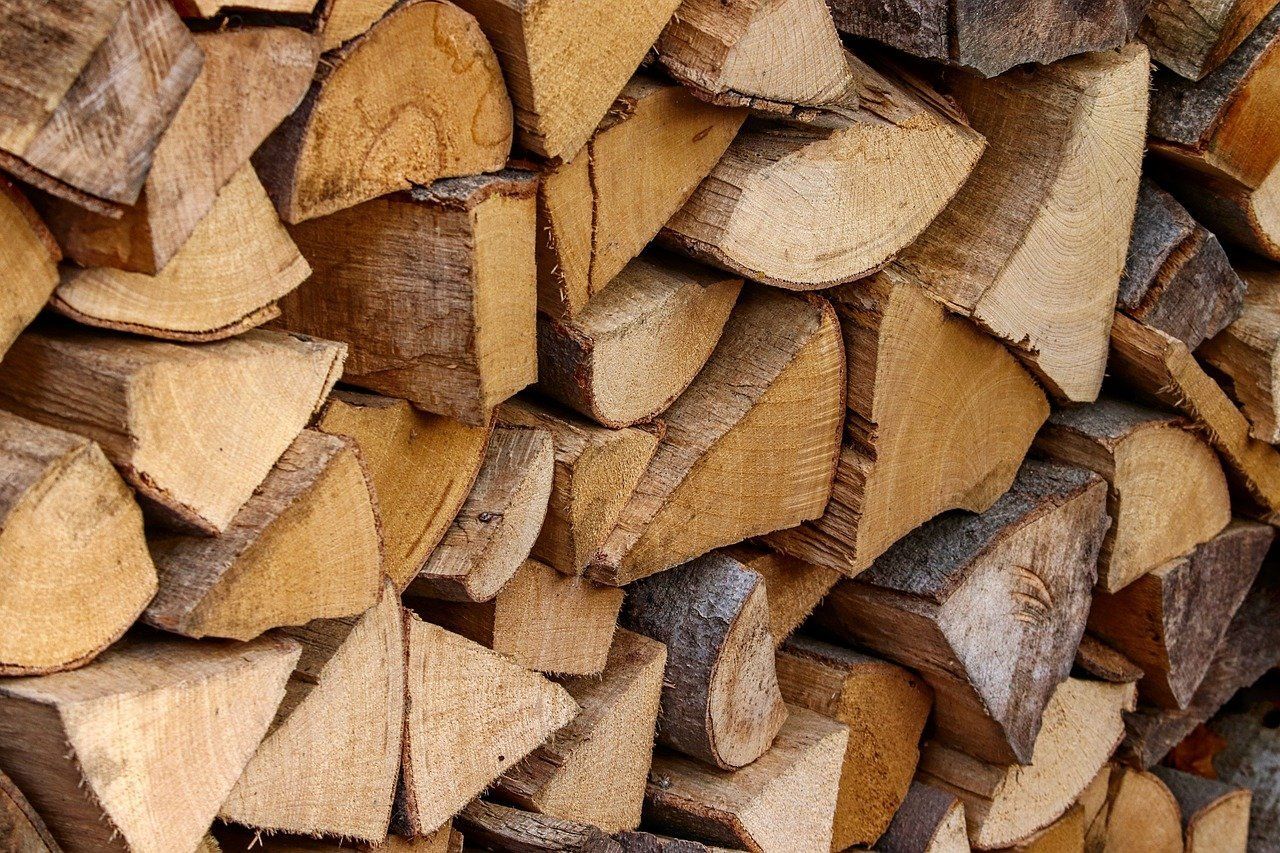
No matter which type of wood you choose, you’ll need to ensure that it is properly seasoned before burning it. Correctly seasoned firewood will have been cut, split, and stacked for one to two years, while being covered so that it won't absorb rainwater. The sides should be left open so that air can assist in drying it out.
Seasoned wood is low in moisture content — a crucial component to achieving a safe fire. When moisture-rich wood is burned, the water’s energy becomes water vapor, burning at a much cooler temperature and allowing contaminants and carcinogens to form more easily inside the chimney.
When searching for the best wood to burn in your fireplace, look for the following characteristics to help ensure that you’re choosing the best wood to burn in your fireplace:
- Properly-seasoned (completely dry)
- Clean and free of debris
- Logs of a uniform length and size
- From a popular or efficient-burning tree species
- Split into an appropriate size for your fireplace
Avoiding Creosote Build Up
Improperly or unseasoned wood with too high of a moisture content will result in more creosote build up, more frequent chimney cleanings, and a higher risk of dangerous fires. This wood will produce an excessive amount of smoke and combustion fumes as most of the fire’s heat works to burn out the moisture inside the wood.
When choosing the best wood to burn in your fireplace, some signs that that can indicate that it is dry enough include:
- Darkening in color to gray or yellow
- Light in weight
- Exposed surface feels completely dry
- Hollow sound when two pieces hit one another
While some creosote build up is natural over time, unseasoned, wet wood will place your family and home at a greater risk of excess creosote-related fires. Always have your chimney swept and cleaned annually to remove any existing build-up and ensure that your fireplace and chimney are functioning properly.
Keeping Your Wood in the Best Condition for Burning
Once you’ve found the best, properly seasoned fire logs, purchased them, and brought them home, there are still a few steps to ensure that your next fire will be a safe, enjoyable and long-lasting one.
It's crucial to store and maintain your wood properly in order to protect the dryness that the logs’ seasoning process has worked so hard to achieve, and to keep your home safe and free from pests.
- Always store your wood in a well ventilated area outdoors. Ensure that it is off the ground and protected from rain and the elements with a tarp or similar covering.
- Store your wood outside, only bringing in as much as you’ll need for your next fire. Bringing wood indoors can attract bugs and pests including termites.
- Do not burn fire logs that have been painted or treated. Wood that has been involved in a craft or construction project is not a good choice for your fire. This wood can release harmful chemicals into your home.
Considering Alternative Options
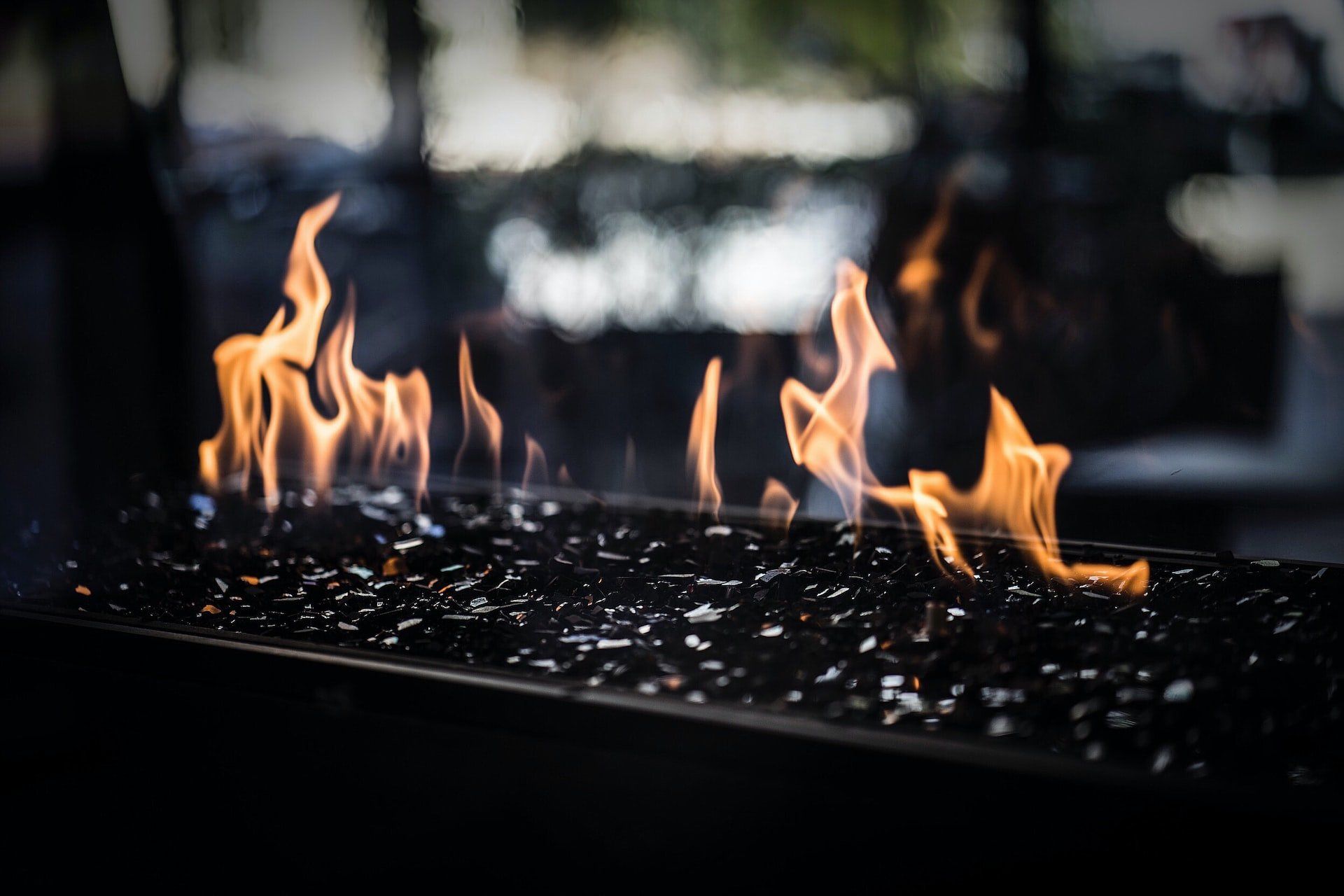
Today, the price of wood has doubled, making wood-burning fires an expensive option. If you’d like to avoid the costs and potential confusion associated with selecting the best wood to burn in your fireplace, switching to a gas indoor fireplace may be an option. Conversion from a wood-burning to gas fireplace is possible for many fireplaces, and can be a relatively simple process if you choose a trusted fireplace conversion expert.
If you do choose to enjoy the crackling sounds and nostalgic aesthetic of a wood-burning fire, be sure to choose the best wood fire logs to burn in your fireplace to keep your family and home safe this season.
Ensure Your Fireplace is Safe & Ready for Use This Season With Choice Chimney Solutions
Equipped with our best tips for choosing the best wood to burn in your fireplace, you’re ready to enjoy the cooler seasons safely and comfortably. But just like choosing the best fire logs to burn in your fireplace ensures you achieve a safe and effective fire, properly maintaining your fireplace and chimney is essential to fire safety.
With an inspection, cleaning, and maintenance from a trusted fireplace expert, you can be confident that your fireplace and chimney is in great condition — ready for use and safe for your home and family. Contact Choice Chimney Solutions today to speak with a knowledgeable fireplace specialist, schedule your service, and experience total peace of mind this winter.


